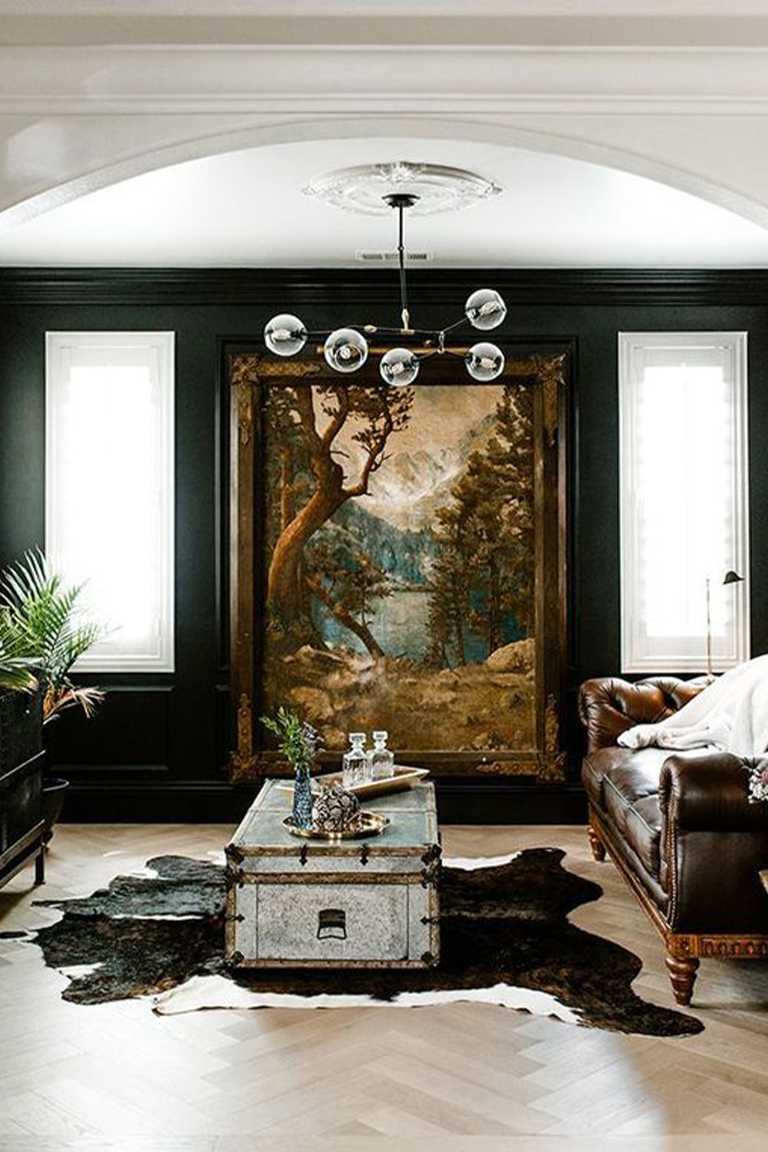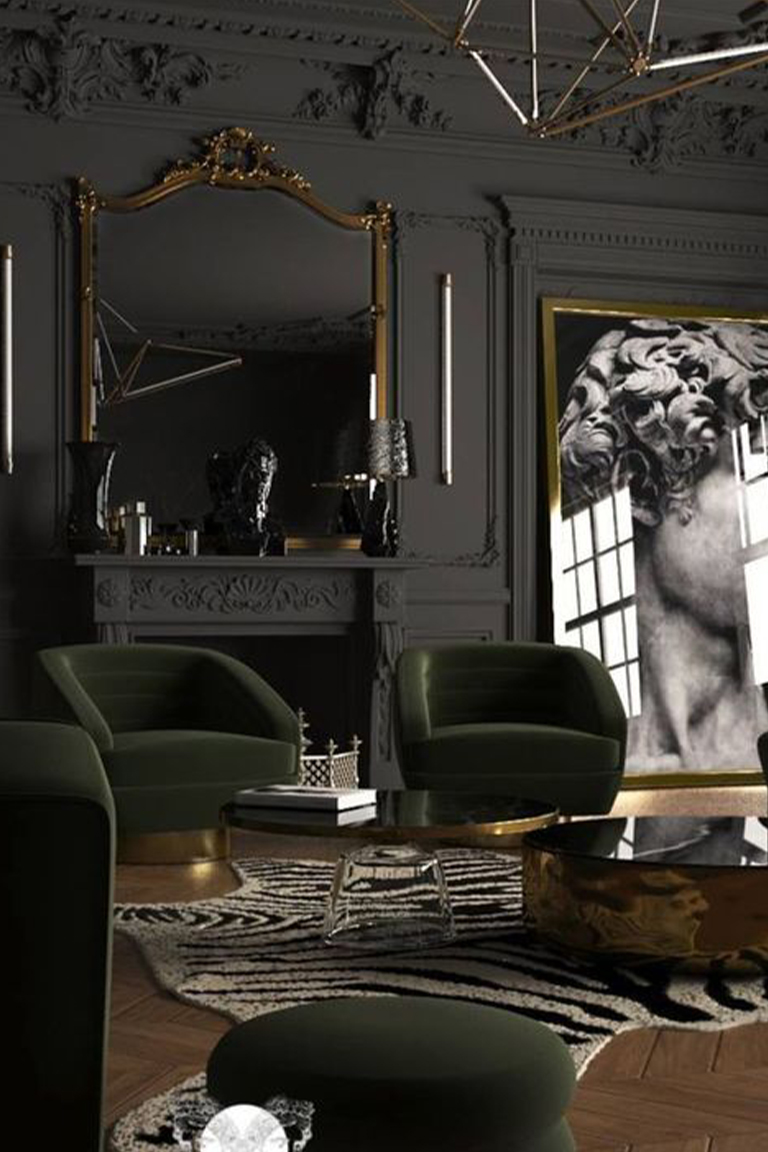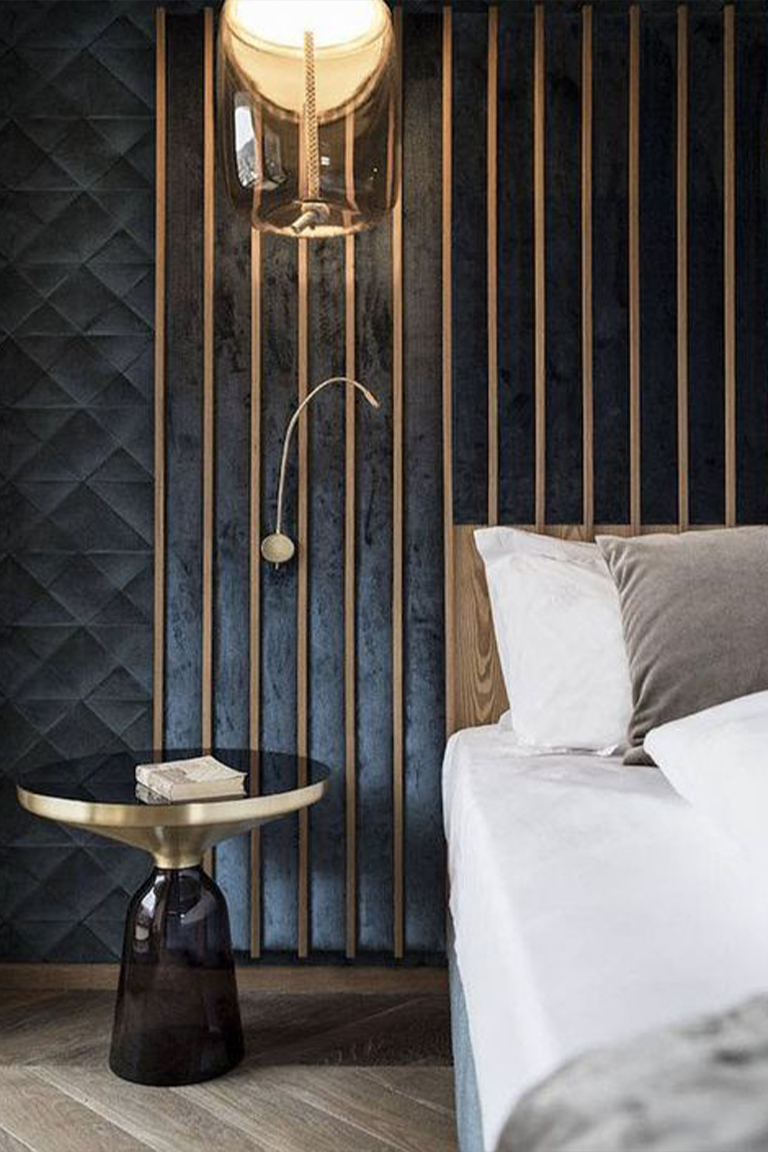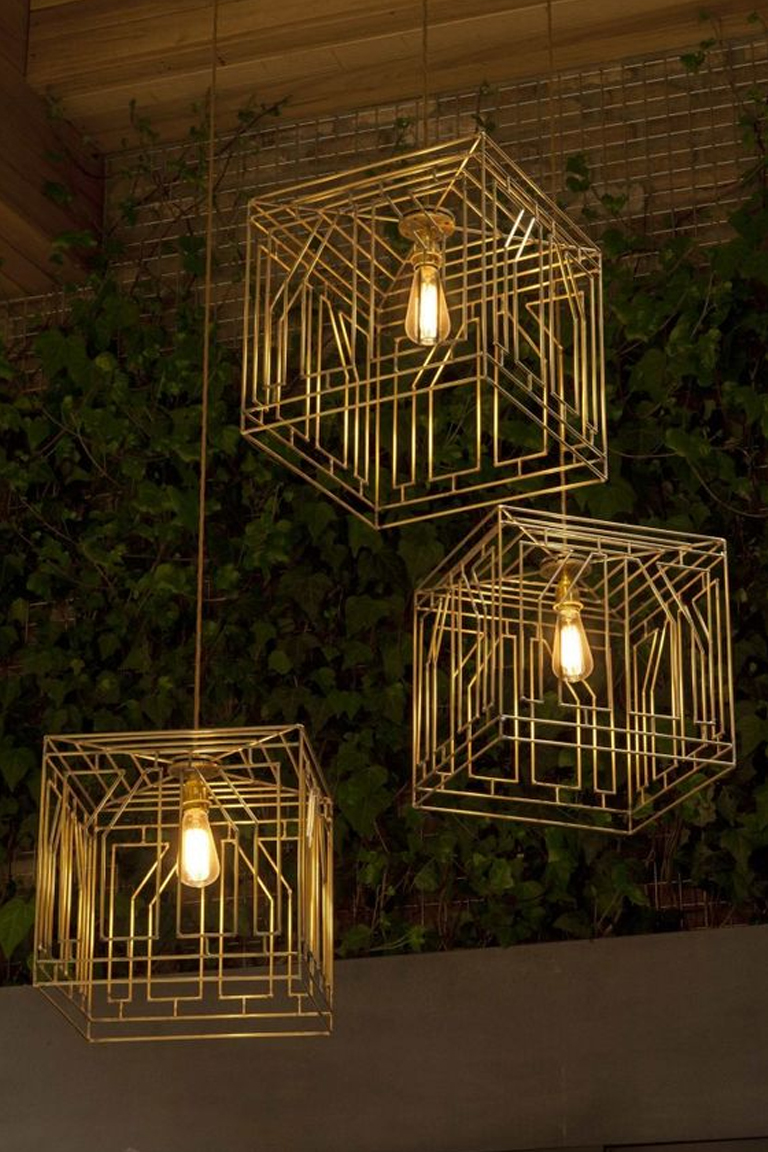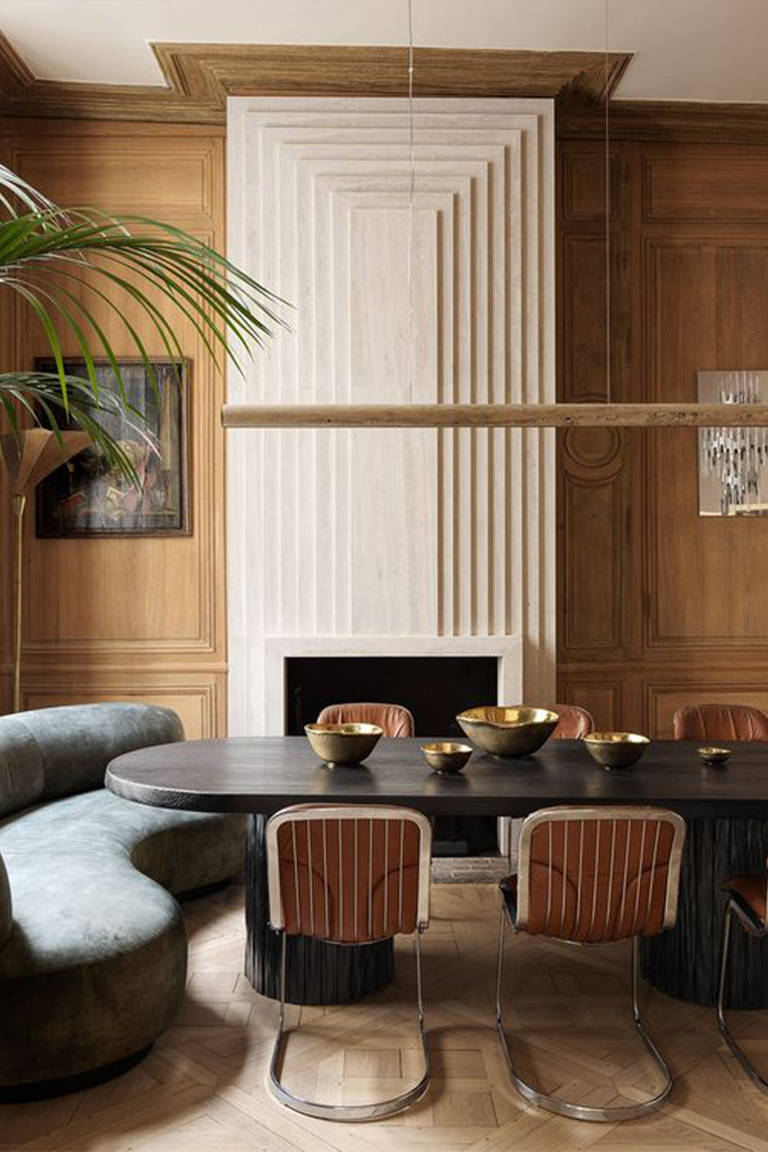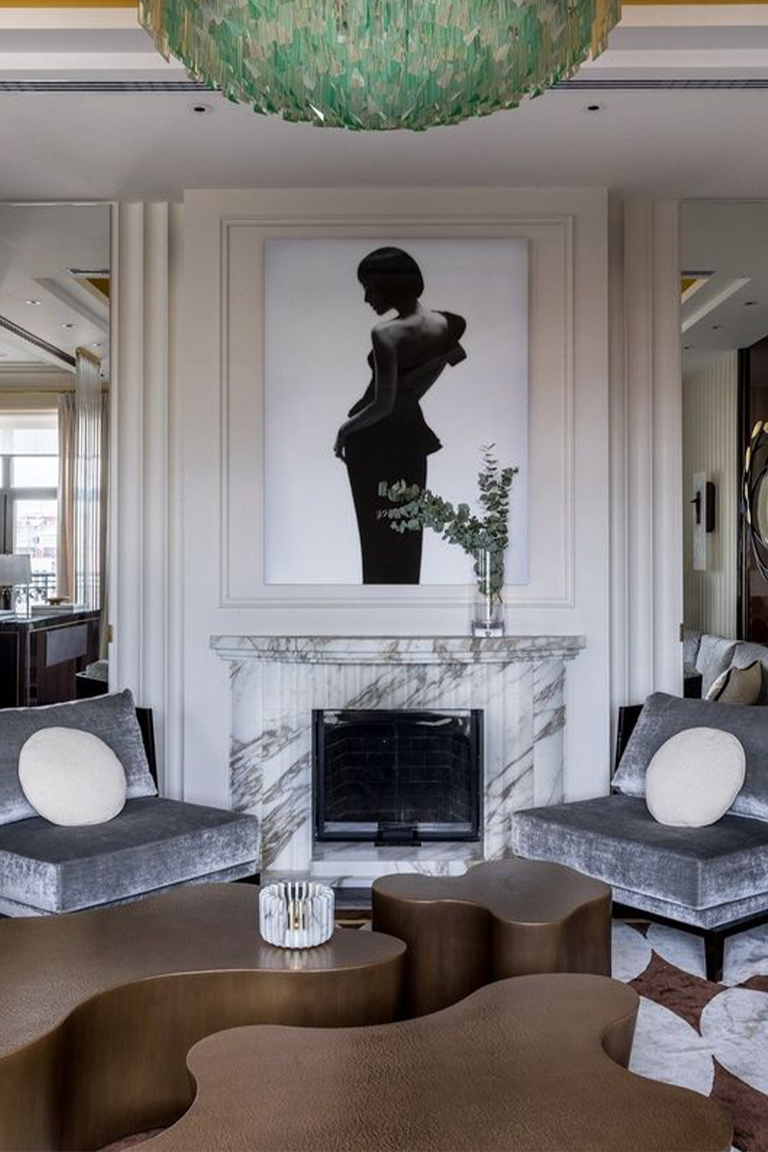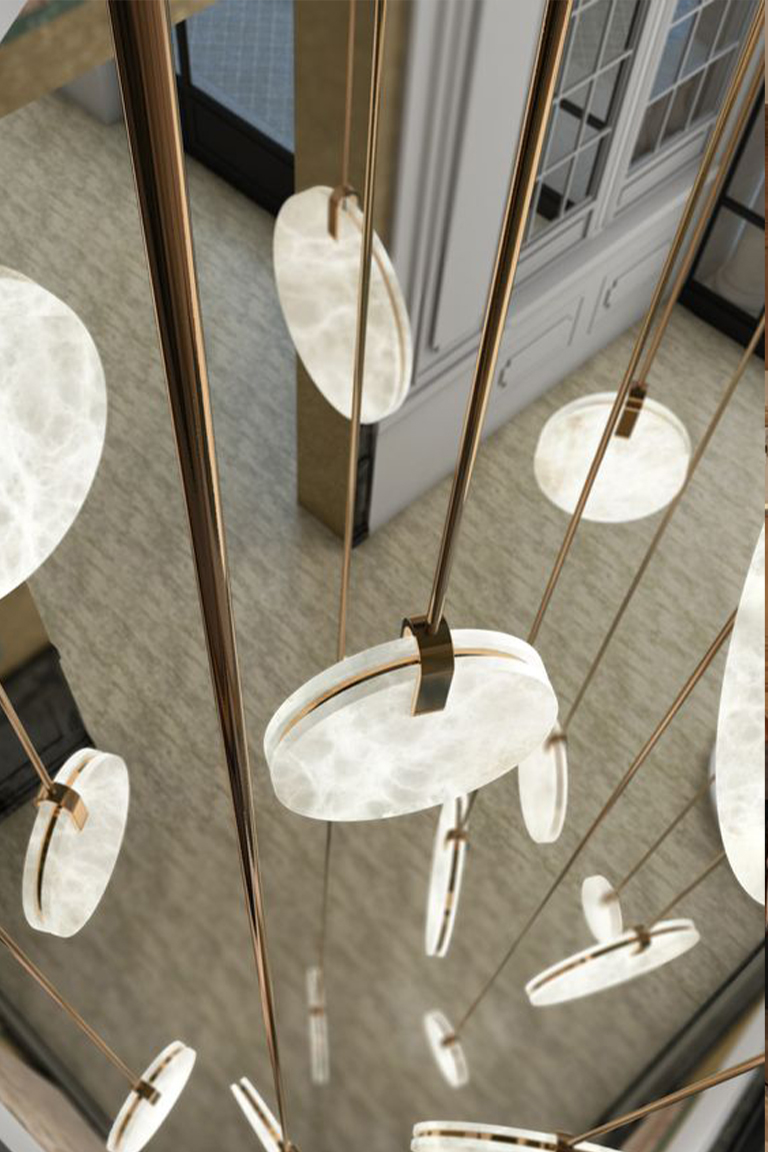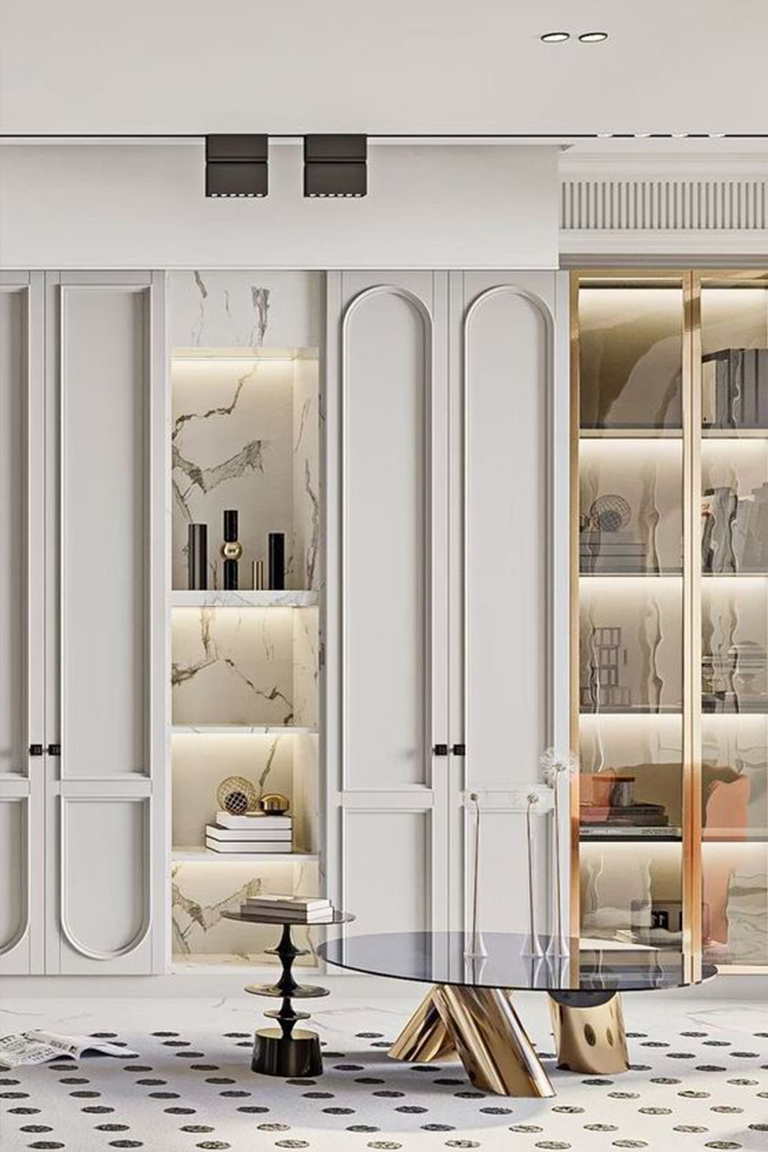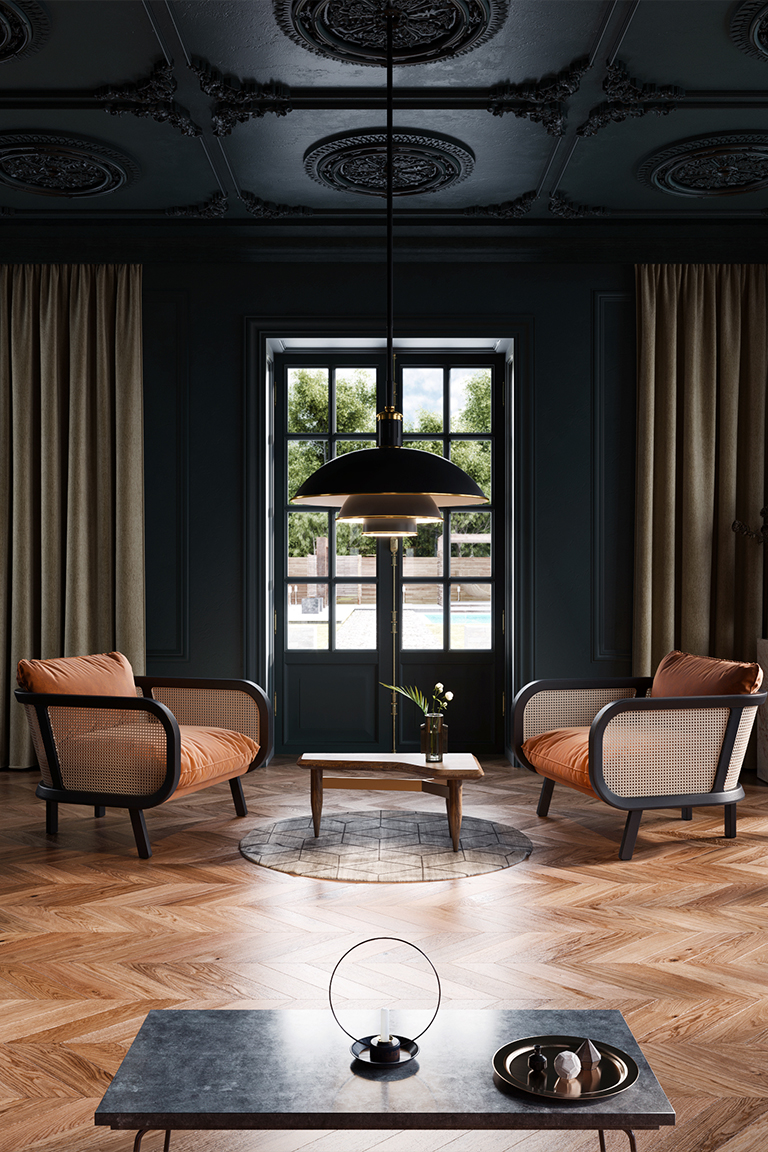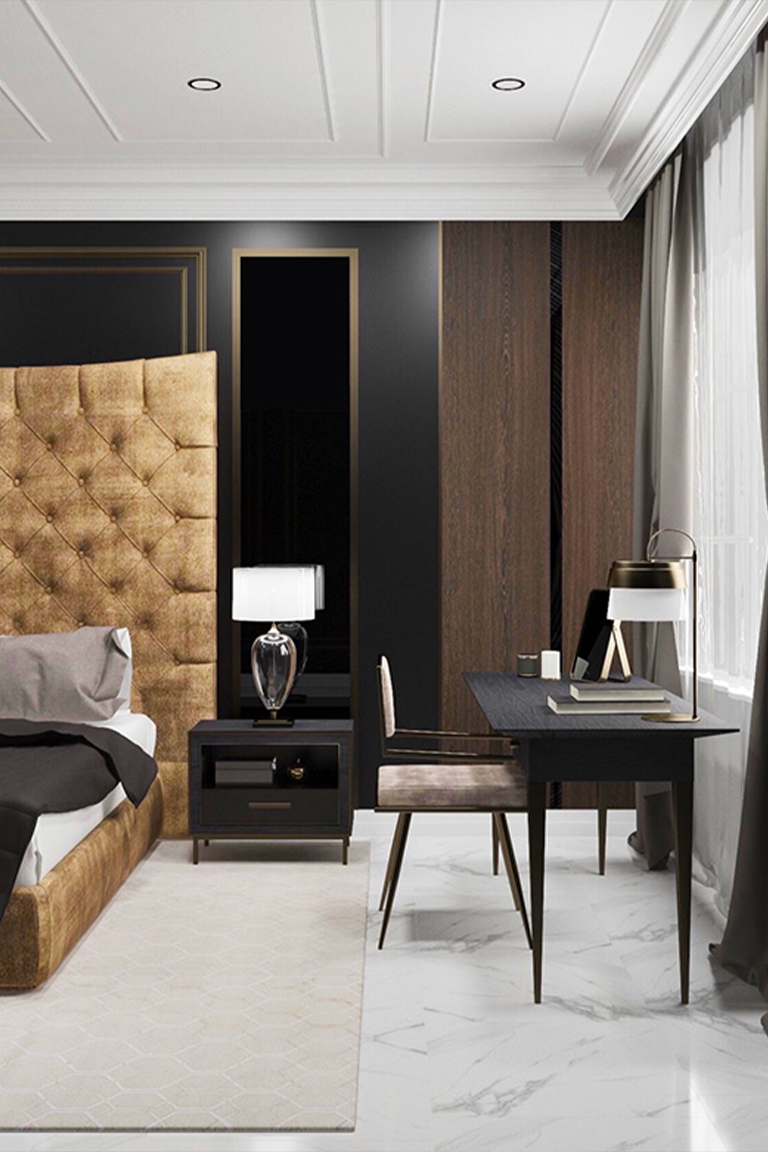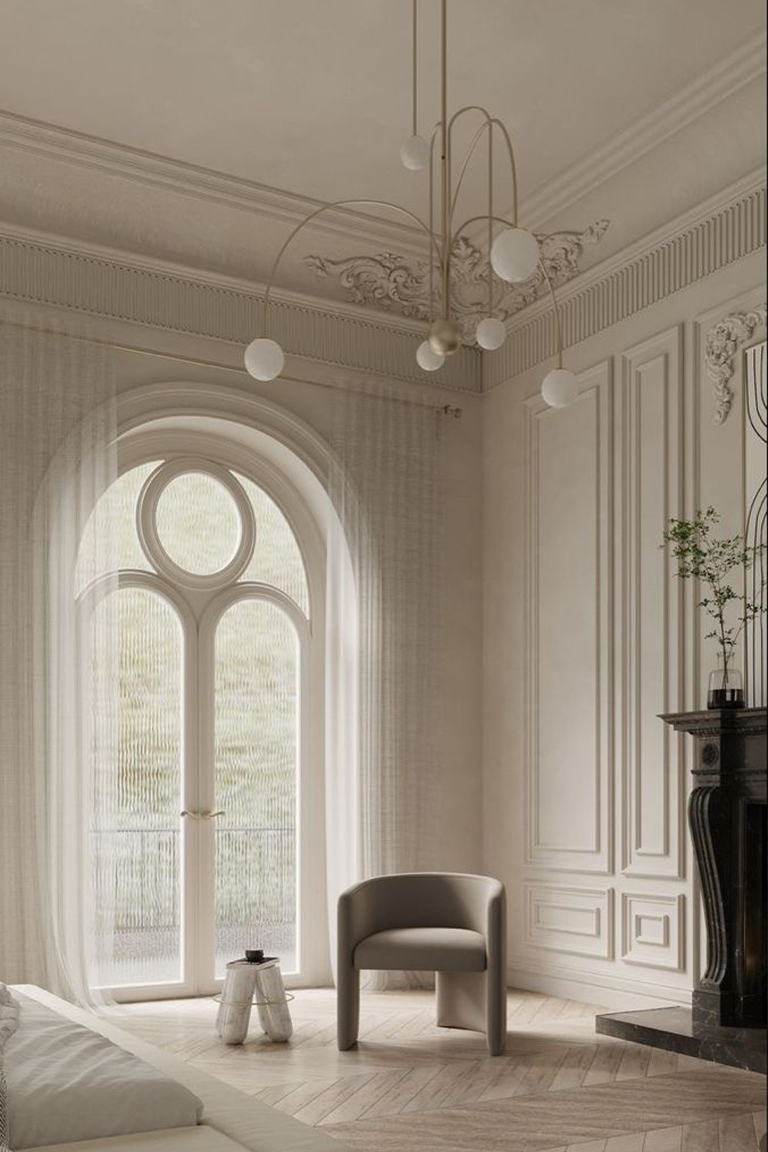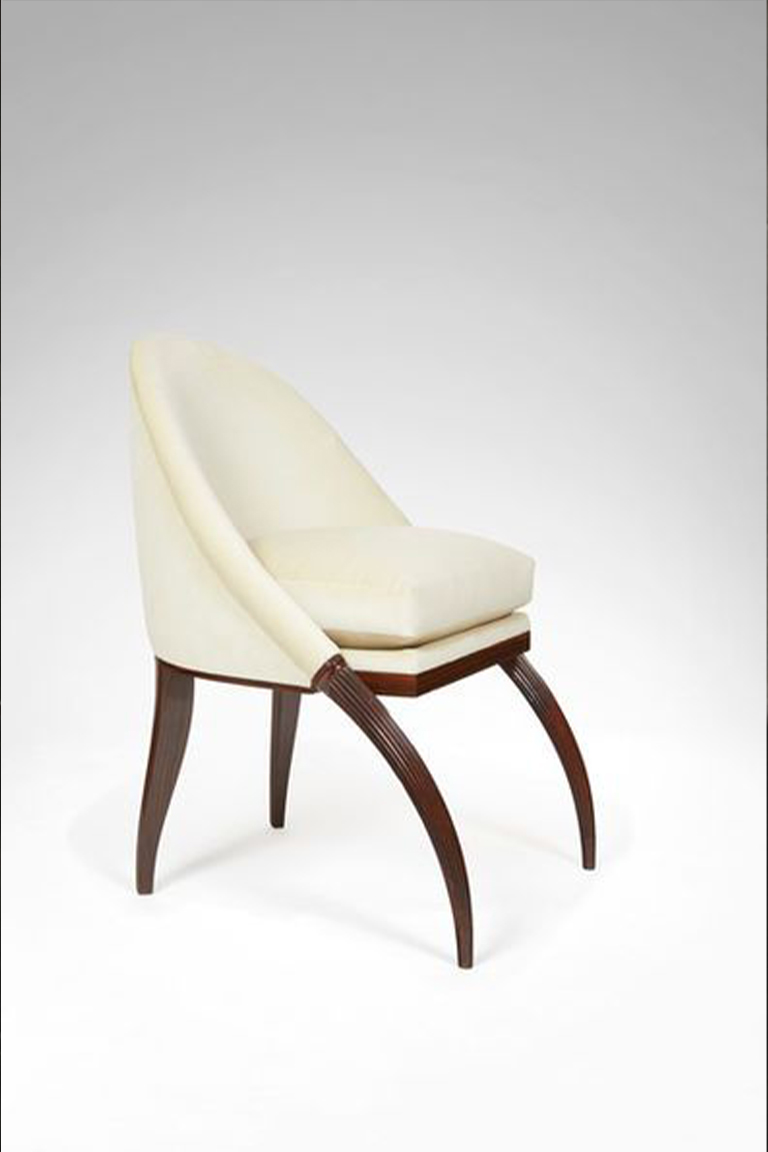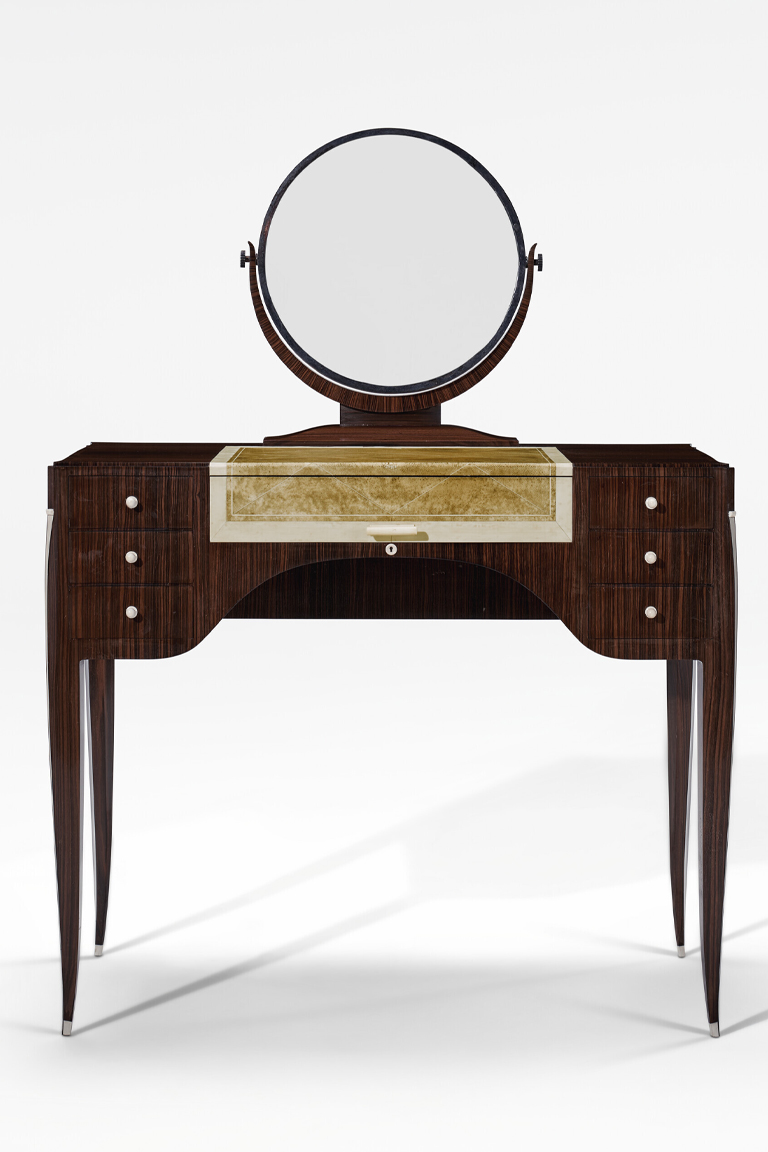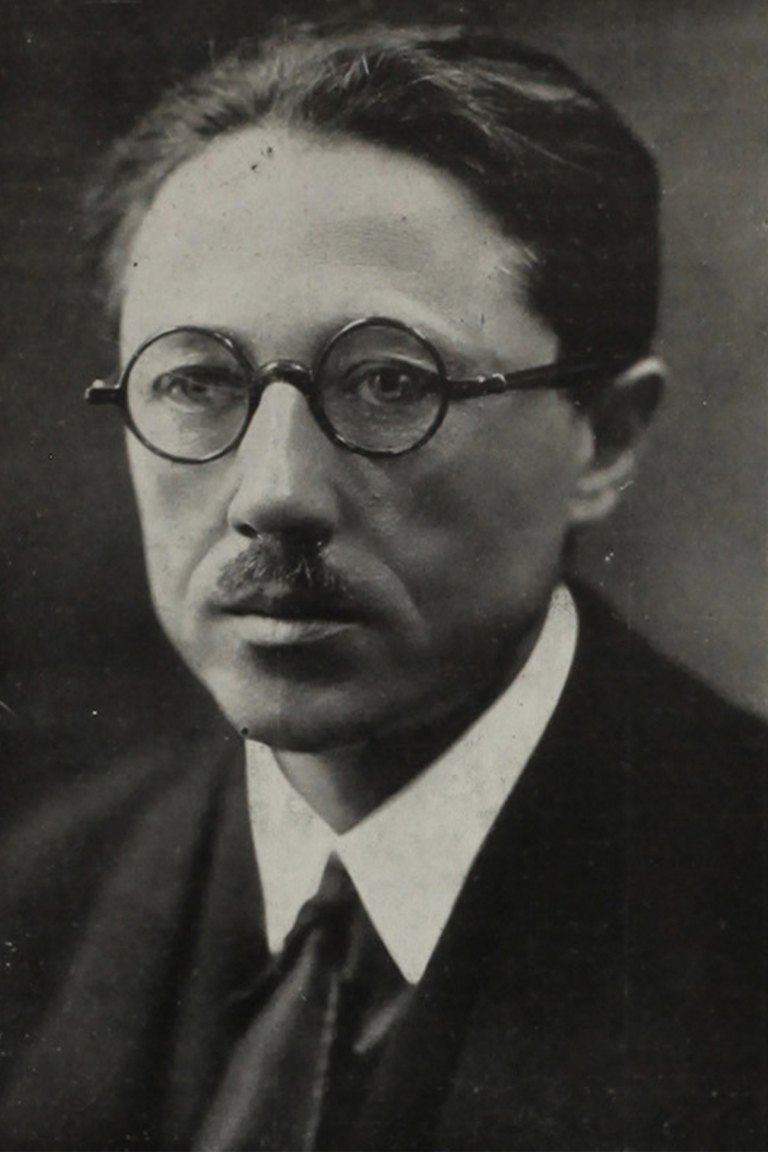Art Déco: The Glamorous Style
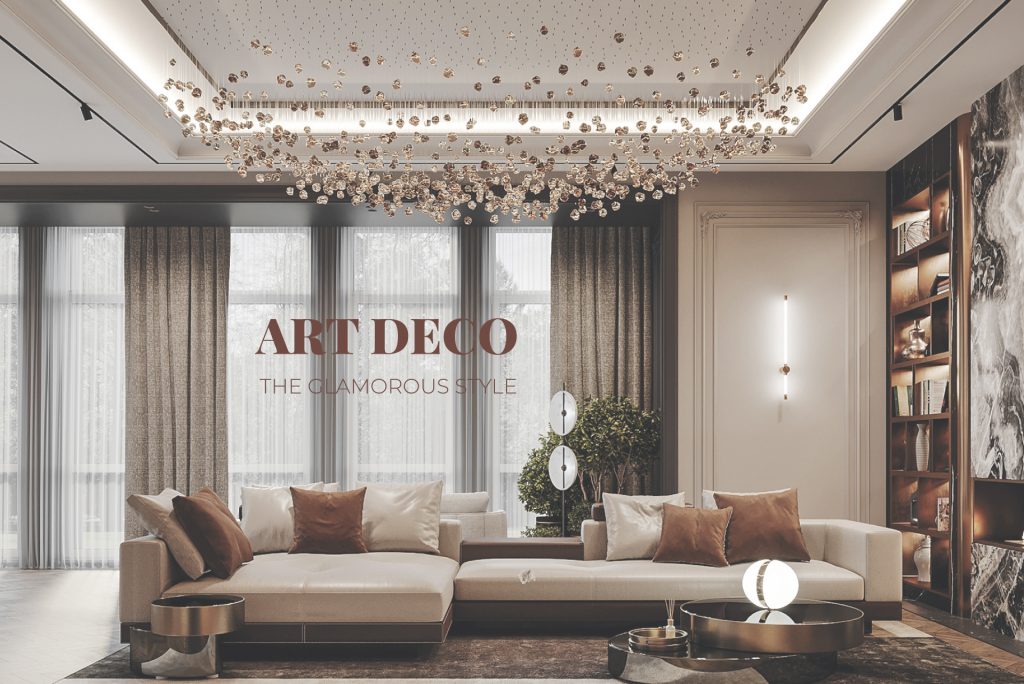
In the resounding decades of the 1920s and 1930s, a new style emerged that captured the spirit of the modern era. Art Deco, with its bold geometric forms, symmetrical designs, and luxurious materials, became synonymous with glamour. This influential style made its mark in various fields of design, leaving an indelible legacy that continues to inspire artists and designers to this day.
This concept thrives on classical inspirations, showcasing the best it has to offer, and emphasizing the brilliance and maximalism it represents. The expression Art Deco comes from the abbreviation of “Art Décoratifs,” and it’s the eclectic glamour we’re going to talk about today.
A Historical Background
Art Deco is an extraordinary design movement that beautifully melded diverse cultural influences and historical aesthetics from around the globe. Embracing elements from Ancient Egyptian motifs, Aztec patterns, African art, and the visual language of the Machine Age, it created a captivating tapestry of creativity and sophistication. These eclectic influences resulted in compositions that flourished in interest and sublime appreciation, demonstrating the global mindset of the time.
- Touches of glamour with iconic design pieces | Credits: Inspiredbythis.com
- Luxury Art Deco Interior Design | Credits: Pinterest
Geometric Shapes
One of the defining characteristics of Art Deco is the use of geometric shapes. Zigzags, chevrons, and stepped shapes were employed to create visually striking and dynamic compositions. These shapes conveyed a sense of energy and movement, reflecting the fast-paced and progressive nature of the era.
Symmetry is another characteristic of Art Deco design. Buildings, furniture, and decorative objects often featured symmetrical arrangements, evoking a sense of balance and order. This proportional approach added triangles, rhombuses, circles, and straight lines in interior decoration and building architecture.
Certain motifs were particularly prevalent in Art Deco design. Sunburst patterns, with rays radiating outwards, symbolized energy and vitality. Fan shapes represented elegance and sophistication, adding a touch of glamour to compositions. These motifs added a sense of movement and dynamism to the designs, further enhancing their visual appeal.
- Brass slatted panel with imposing coffee table | Credits: Shakemyblog.fr
- Hanging lamps in a geometric shape | Credits: Pinterest
- Living room with surroundings of noble materials | Credits: Leibal
Luxurious Materials
Luxurious materials played a crucial role in the allure of Art Deco. Exotic woods, marble, glass, and mirrors were commonly used to create an atmosphere of glamour and extravagance. Nothing represents this philosophy more than brass. The combination of these rich materials added depth and texture to the designs, emphasizing their most attractive features.
- Presence of marble in the Art Deco style | Credits: Bessa Design
- Suspended lighting with brass | Credits: Atelier Alain Ellouz
- Rounded shapes and touches of marble in the decor | Credits: Pinterest
Colours
Bold, contrasting colour schemes were a hallmark of Art Deco. Vibrant tones such as royal blue, emerald green, ruby red, and gold were employed to create striking visual compositions. The juxtaposition of these colours added drama and excitement to the designs, capturing the exuberance of the era.
- Contrast of colours and materials in the Art Deco living room | Credits: Pinterest
- Elegant bedroom in warm tones | Credits: Projeto Behance
- Simplicity of tones in a style with history | Credits: Pinterest
Art Deco Design: Meet the Most Influential Designers
The recognizable aesthetic of Art Deco design defined the early 20th century. The artists and designers of the time were driven by innovation in their use of materials, patterns, and techniques. It was an experimental era in all forms of creative expression. Art Deco furniture and interior design of the 1920s were influenced by Asian aesthetics, with the introduction of new materials and production techniques.
Jacques Ruhlmann
Jacques Ruhlmann (1879-1933) was a renowned furniture designer and interior decorator from France. He was a prominent figure in the Art Deco movement, which emerged in the early 20th century and became a significant influence on design, architecture, and decorative arts.
Ruhlmann’s furniture designs were characterized by their elegant simplicity, fine craftsmanship, and use of luxurious materials. He often utilized exotic woods such as Macassar ebony, rosewood, and amboyna, along with ivory, lacquer, and mother-of-pearl inlays to create exquisite and opulent pieces. His designs featured clean lines, geometric shapes, and an emphasis on form and proportion.
As an interior decorator, Ruhlmann was sought after by wealthy clients and was responsible for designing luxurious and sophisticated interiors for some of the most prestigious residences in Paris. His work often included custom-made furniture, lighting fixtures, and decorative elements that complemented the overall design concept.
Today, Jacques Ruhlmann’s designs are highly coveted and considered timeless classics. His work has become part of museum collections and is sought after by collectors and Art Deco design enthusiasts. Ruhlmann’s contribution to the world of design and his role in shaping the aesthetics of the Art Deco movement have left a lasting impact on the history of furniture design and interior decoration.
- Chair model “Défense” by Jacques Ruhlmann
- Émile- Jacques Ruhlmann dressing table
- Jacques Ruhlmann


